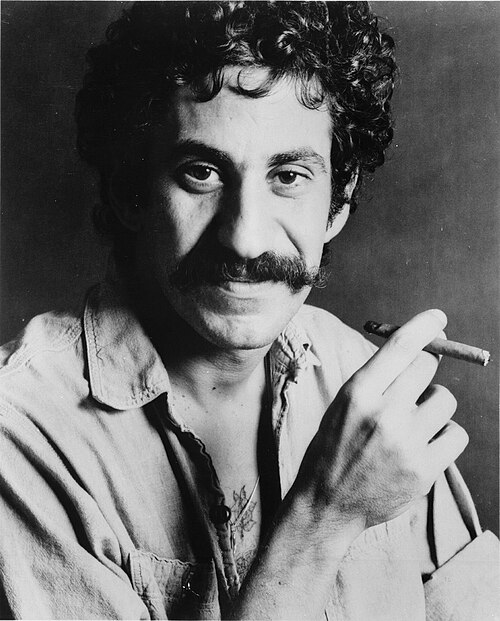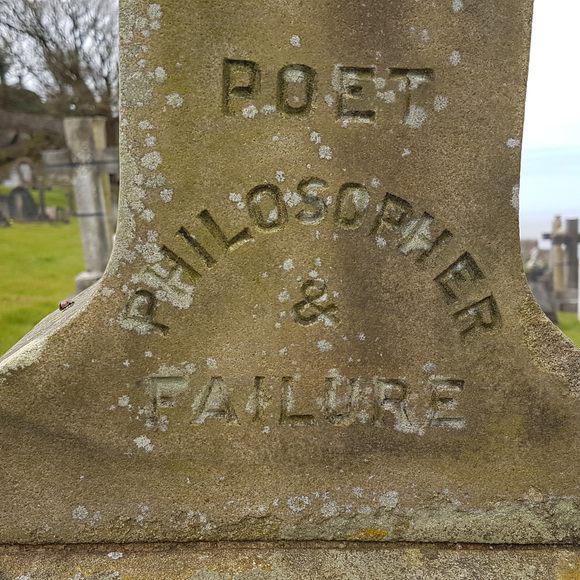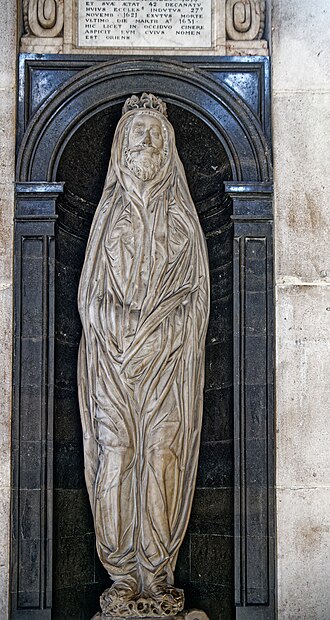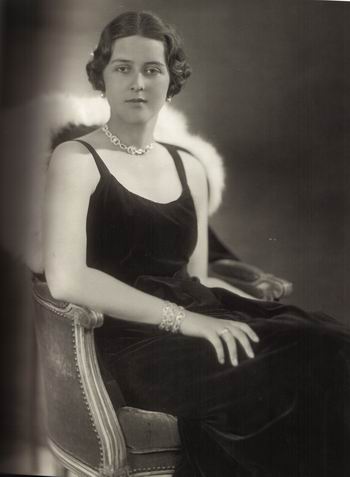From the will of John G—-e, who died at Lambeth around 1772:
Whereas it was my misfortune to be made very uneasy by Elisabeth G—-e, my wife, for many years, from our marriage, by her turbulent behavior; for she was not content with despising my admonitions, but she contrived every method to make me unhappy; she was so perverse in her nature, that she would not be reclaimed, but seemed only to be born to be a plague to me; the strength of Sampson, the knowledge of Homer, the prudence of Augustus, the cunning of Pyrrhus, the patience of Job, the subtilty of Hannibal, and the watchfulness of Hermogenes, could not have been sufficient to subdue her; for no skill or force in the world would make her good; and as we have lived separate and apart from each other eight years, and she having perverted her son to leave and totally abandon me, therefore I give her one shilling only.
From the Annual Register.







